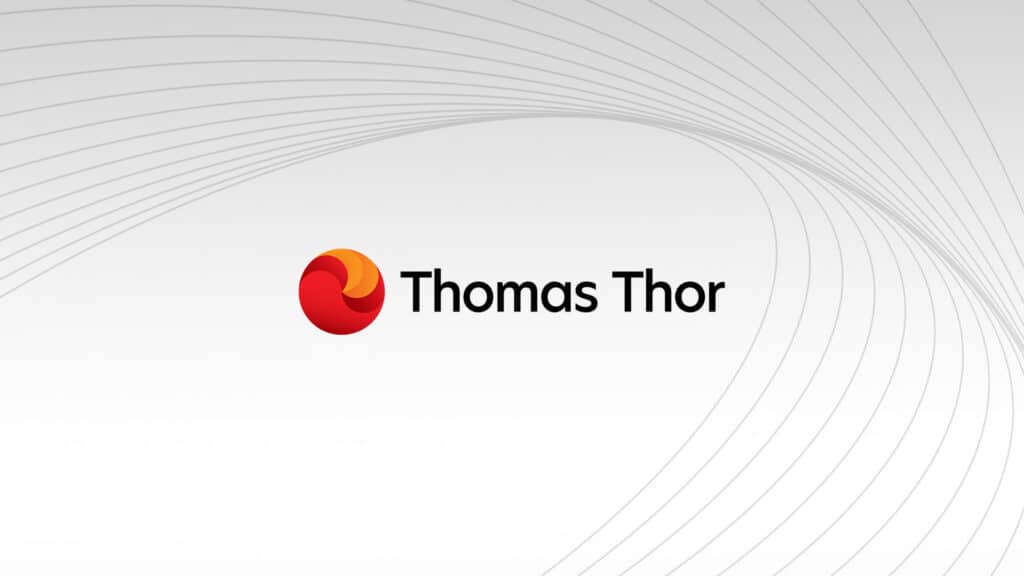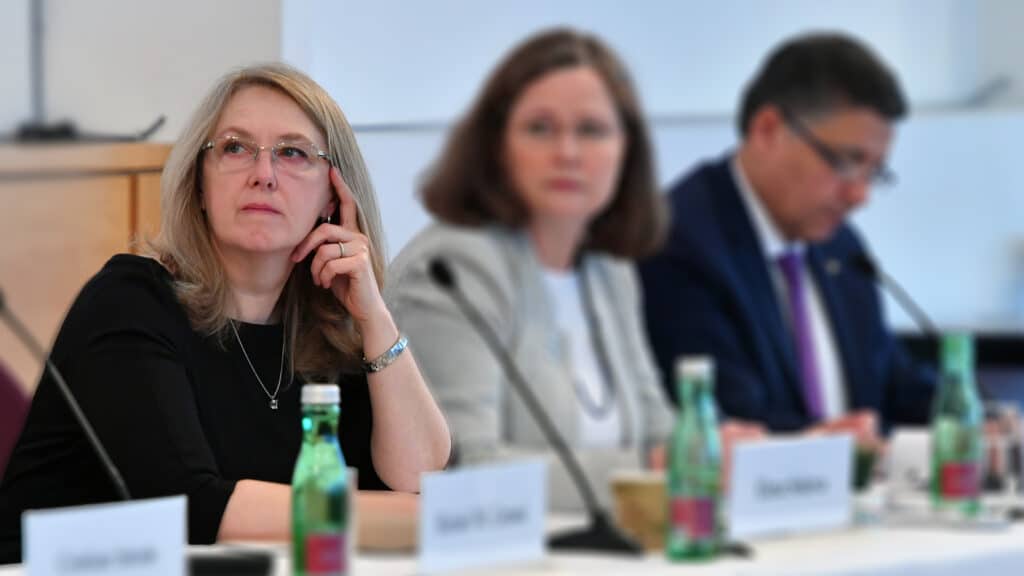Jimmy is gambling on nuclear to decarbonise our industry

Jimmy, the nuclear start-up, intends to rely on mini nuclear reactors to bring about a massive decarbonisation of the industrial sector. The project was born during the COVID pandemic when several friends, who were confined together, collaborated to develop a business model. Antoine and Mathilde finally launched the startup last summer and, by allying environmentalism and economics, hope to shake up the generation of process heat. Their bold idea seems to be bearing fruit: they raised euro 2.2 million last February.
Please provide a quick explanation of the service offered by Jimmy
We are a producer of decarbonised process heat. Not many people know this, but industrial processes call for enormous quantities of heat and, most frequently, gas is used to produce this. There is a good reason for this: it is nowadays three times cheaper than electricity. For all that, gas also has disadvantages: it is very volatile, it is still pretty expensive and it emits carbon dioxide when it is burned.
We propose replacing the gas burners traditionally used with small nuclear reactors – high temperature reactors (HTRs) – to make less expensive, decarbonised heat. By so doing, we align manufacturers’ environmental and economic needs.
How did the idea of using nuclear for heat generation come to you?
Our starting point was an observation of the climate emergency. What is the root of the problem? It is generally necessary to burn things – for industry, transport, domestic heating – because there is a need for heat. This is what is at the heart of the problem. Now, this combustion emits carbon dioxide.
When we looked at the alternatives, fission caught our interest as it is not very expensive. We chose nuclear since it is fundamentally environmentally-friendly. The matter is sometimes still subject to debate, but physics does not lie. You only have to look at emissions. We have been making electricity with power stations for 60 years now, and it seemed to us that there is finally another option. We decided to focus on industry because this was the area where it would be easiest to change the order of things.
The problem is that most of the solutions to the climate crisis are not cost-efficient, otherwise everyone would have decarbonised long ago. Our solution offers the dual advantage of being less expensive than gas and decarbonised. Furthermore, since fuel is purchased at the start of operations, its price can be predicted over 10 to 20 years, which is greatly comforting to our clients.
Broadly speaking, how do high temperature reactors operate?
What are their competitive advantages?
HTRs are slightly different to power station reactors. This is a technology that was developed during the golden age of nuclear, between the end of the 60s and the 70s, when numerous [new] industries saw the light of day.
We use a 10 MW thermal reactor, a model which already exists in China. There have moreover already been more powerful ones in Europe. It offers two advantages:
- It is hotter because its core can generate heat above 600 degrees, contrary to power station reactors, which are limited to 300 degrees. This is due to the fact that its coolant is pressurised helium rather than water.
- It is also safer, since it is graphite-moderated, and graphite has a natural thermal inertia. Thus, whatever happens, the reactor cannot overheat – and therefore release massive quantities of radioactive elements into the environment. This is particularly of interest close to an industrial site.
What fuel do they use? Can they use waste recycled from power stations or alternative fuels?
We use enriched uranium – a little more than is used for a power station. It could also quite easily operate with thorium or plutonium, but we wished to develop the simplest solution possible. For a start, in order to decarbonise industrial heating as quickly as possible because we do not have 15 years ahead of us, but also because we wanted to show that other types of business could be developed around nuclear. That was the main aim. On the other hand, now that revenue has been assured, the technological base will allow us to do interesting things.
What is currently going on in the world would seem to prove you right, whether this be the return of re-industrialisation to the political debate or questions surrounding Russian gas.
These are not things that we relied on or that we wished for. The question of industry’s dependence upon gas has arisen once more, and now, with Ukraine, has become the main issue – but it is above all a matter of sovereignty, even if there is also a cost factor.
People often find nuclear scary. Does that cause you problems?
There needs to be a great deal of communication as there is a real problem of social acceptability with nuclear. This comes from the fact that people are not at all educated about the subject. I am trained as an engineer, but I only learned how nuclear functioned when I created Jimmy. You cannot reasonably ask someone who has no experience in the sector to know it in detail. We must therefore explain to people what it is, without frightening them.
What are the safety guarantees that you offer?
A nuclear reactor is a tank into which you put a recipe, which you use neutrons to excite in order to generate energy. At the end of the process, some matter remains; this is still excited and emits small particles and this is what is called radioactivity. What must be avoided at any cost is a failure in the installation that might release these radioactive particles into the environment.
This having been said, we have three guarantees to ensure that this does not happen:
- We use a reactor that automatically switches off whenever it overheats on account of the properties of the graphite.
- The fuel is stored in the form of little balls surrounded by an indestructible layer of ceramic, which prevents any release into the environment.
- When the reactor is switched off, there is no need to continue to actively cool it down.
What are the next steps for you?
Since January, we have focused on four things: the search for clients, recruitment, regulations and industrialisation. We are still busy with building works.
We are currently getting ready to announce our first clients and to set ourselves up close to their site. We shall continue to greatly reinforce our team and to talk to the authorities to get to a second phase within a year. Finally, we are in the course of implementing the production of some items. Things are definitely moving forward, which is gratifying!
To find out more, you can visit the Nucleus VR website:
https://jimmy-energy.eu/
And follow them on LinkedIn:
Share this article
Related articles
Help us grow and achieve your potential at a values-driven business.




